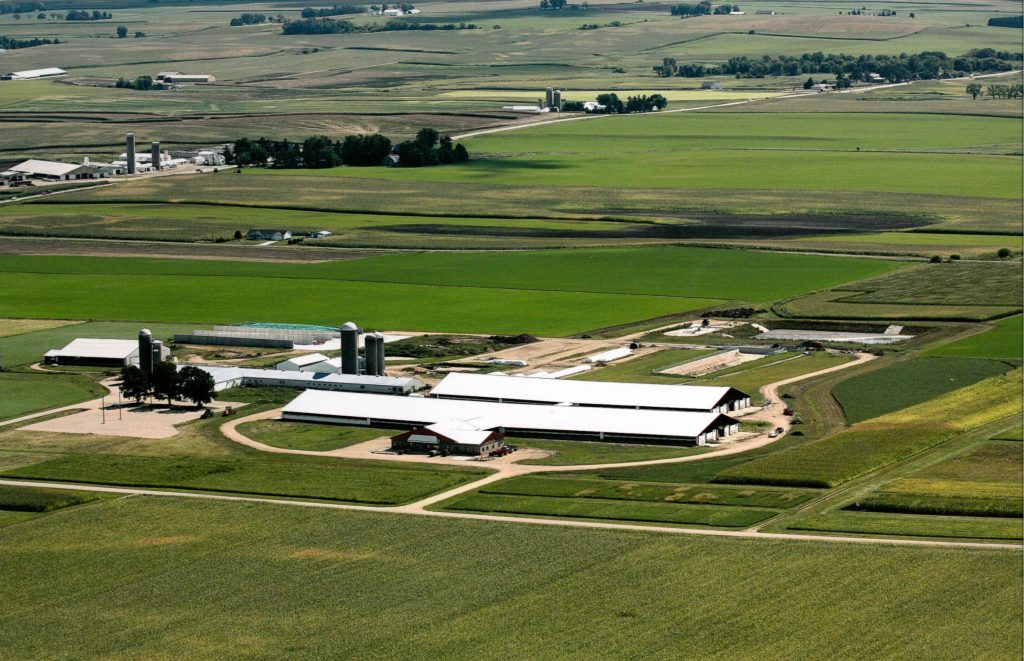
Inside Wisconsin
By Tom Still
MADISON – The challenges facing agriculture, especially animal agriculture, are evident in news reports almost daily.
A report by the Wisconsin Center for Investigative Journalism uncovered
concerns about estrogen in well water in Kewaunee County, where the
combination of big dairy farms and porous bedrock may be threatening
groundwater in a previously unexpected way.
A video that appears to show workers physically abusing dairy cattle in Brown County has renewed criticism in some quarters of “concentrated animal feeding
operations,” or mega-farms that have grown in number in Wisconsin from
97 in 2003 to 245 last year.
The U.S. Food and Drug Administration
has put in place a major new policy to phase out what it believes is the
indiscriminate use of antibiotics in cows, pigs and chicken raised for
meat, a practice that experts believe has increased human resistance to
antibiotics.
In a state such as Wisconsin, where agriculture was a
$61 billion industry last year and dairy accounted for nearly half
($26.5 billion) of the total, those kind of headlines have combined with
worries about the next federal farm bill, ever-changing consumer trends
and more to create a sense of unease about the future. In a society
where fewer and fewer people have any ties to farming, even a generation
or two removed, how will agriculture meet its many challenges?
Managing information better and using science and technology to solve problems will be part of the answer.
Whether it’s producing tasty, low-sodium cheese, exploring new ways to ensure
food safety, learning how to better manage manure, finding less invasive
ways to keep animals healthy or helping dairy farms leave a smaller
carbon footprint, science and technology are weighing in.
It’s also helping farmers here and elsewhere to supply a world with 7 billion hungry people and climbing.
Some examples of that kind of innovation from the UW-Madison Dairy Science
Department, arguably the best in the nation according to an independent
study in 2012, were reported in “On Wisconsin” magazine by senior editor
John Allen.
“It’s a very information-intensive field,” said Kent Weigel, chairman of the dairy sciencedepartment. “We’re using modern technology to monitor diet and activity and rumination and the composition of milk. We’re learning how to do what we do better and more usefully, and that requires more understanding of DNA and management of big data. Using information is the future of dairy farming. It’s not a straw-hats-and-bib-overalls thing anymore.”
One particular study is centered on feed efficiency. Using an explosion of knowledge about bovine genetics, researchers are looking into whether one or more of a
cows 22,000 genes controls feed efficiency. Can a better understanding
of data and science translate to more productive cows and more efficient
investments by farmers in feed?
Another study is examining how the dairy industry can reduce greenhouse emissions by 25 percent by 2020, an effort that will require looking at the full cycle of
production, from cows that burp 4.4 pounds of carbon dioxide for every
gallon of milk produced, to manure handling and land use. That study is
tied to a larger memorandum of understanding between the dairy industry
nationally and the U.S. Department of Agriculture.
The search for answers through science and technology is also taking place through
campus arms such as the Center for Dairy Research, the Center for Dairy
Profitability, the larger College of Agricultural and Life Sciences and
the UW Extension, which helps get information to farmers and others in
the food industry.
Agriculture represents about one-fifth of Wisconsin’s gross domestic product. Its future and the jobs it support may well rest on using science and information to fix problems close to home – and to address consumer and regulatory trends that will affect
markets thousands of miles away.
Still is president of the Wisconsin Technology Council. He is the former associate editor of the Wisconsin State Journal.
